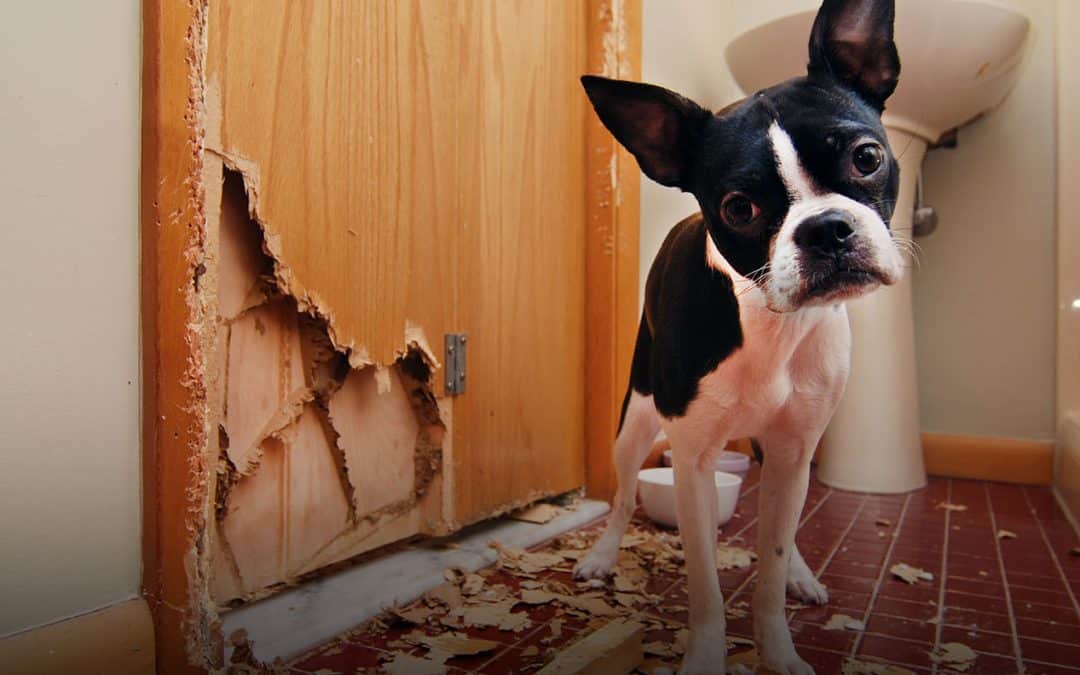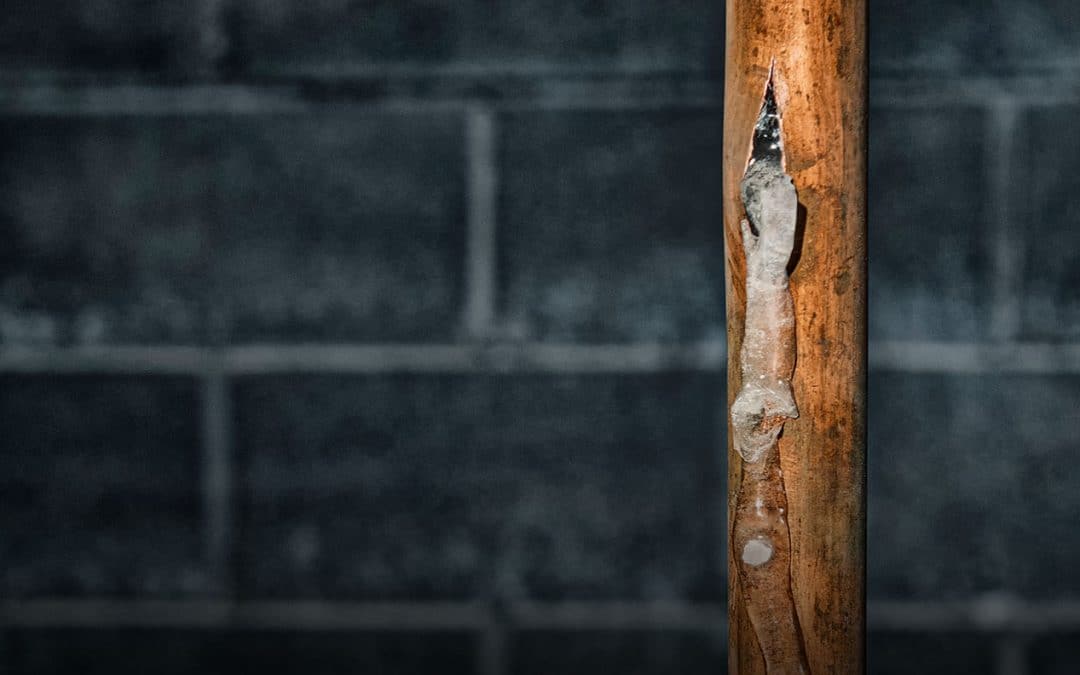No one wants mold in their house. But if you do have it, it’s essential to remove it immediately so that it doesn’t destroy your home or furnishings or cause you and your family health issues.
What causes mold
There are various ways mold can get in your home, like through open doors, windows, vents, and heating and air conditioning systems. According to the Centers for Disease Control and Prevention (CDC), mold can also be brought inside on clothing, shoes and pets. It can also grow due to moisture if there’s a leak in the roof, pipes or windows. Other places in a home where mold can grow include carpets, fabrics, upholstery, insulation, and dust.
How mold impacts your health
The CDC reports that mold can cause various health effects, depending on the person. Some people might cough or wheeze, get a stuffy nose, sore throat, or have burning eyes. Those immune-compromised or with lung disease may be prone to lung infections due to mold exposure.
How to remove mold
If you have to remove mold from your home, you could call a licensed contractor who does mold remediation. If you are a MAPFRE home policy owner, you can take advantage of MAPFRE’s Select Home Restoration ProgramSM. The repair process is expedited and many of the services are guaranteed. MAPFRE partnered with “Select” restoration providers to deliver fast and high quality home repair services like water damage clean up, storm recovery and mold remediation. The restoration partners who are part of the Select Home Restoration Program adhere to the highest professional standards, have excellent reputations and provide superior customer service.
If you’re planning to remove the mold yourself, first be sure to do your research, using reputable sources to learn about necessary safety precautions and proper materials/procedures.
How to prevent mold
To prevent mold in your home, the CDC recommends keeping humidity levels below 50%. You can achieve this by using an air conditioner or dehumidifier and by buying a meter to monitor the humidity levels.
Other ways to prevent mold are by using exhaust fans that vent outside your home in the kitchen and bathrooms. You should also make sure your clothes dryer vents outside. If you have any leaks in your roof, walls, or plumbing, the CDC recommends fixing them so mold does not have moisture to grow.
In the event of a flood or other water damage, be vigilant and look for signs of mold. In cases like this, it’s essential to remove standing water as it grows microorganisms, which can be inhaled.
Does homeowners insurance cover mold?
According to the Insurance Information Institute, mold is considered a home maintenance issue and is typically not covered by standard homeowners insurance policies. When you are insured with MAPFRE, your homeowners policy provides you protection for structural property, personal property and liability coverage. Customers can also purchase additional coverage for things such as high value items, home systems protection and service lines.
In the event of a “covered loss,” homeowners policies with MAPFRE automatically include the Amendatory Seepage and Mold Endorsement, which provides coverage for:
- Fungi
- Wet or Dry Rot
- Bacteria
In the event of a flood and you have purchased insurance through FEMA’s National Flood Insurance Program, you may be covered for mold and mildew damage. You can contact them directly or by contacting your independent agent for more information.
Make sure you have the right insurance coverage for your home with MAPFRE! If you’re not yet insured with us, you can always get a fast, free quote online in Massachusetts today to see how much you could save or contact an independent agent in your state!



